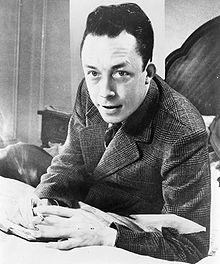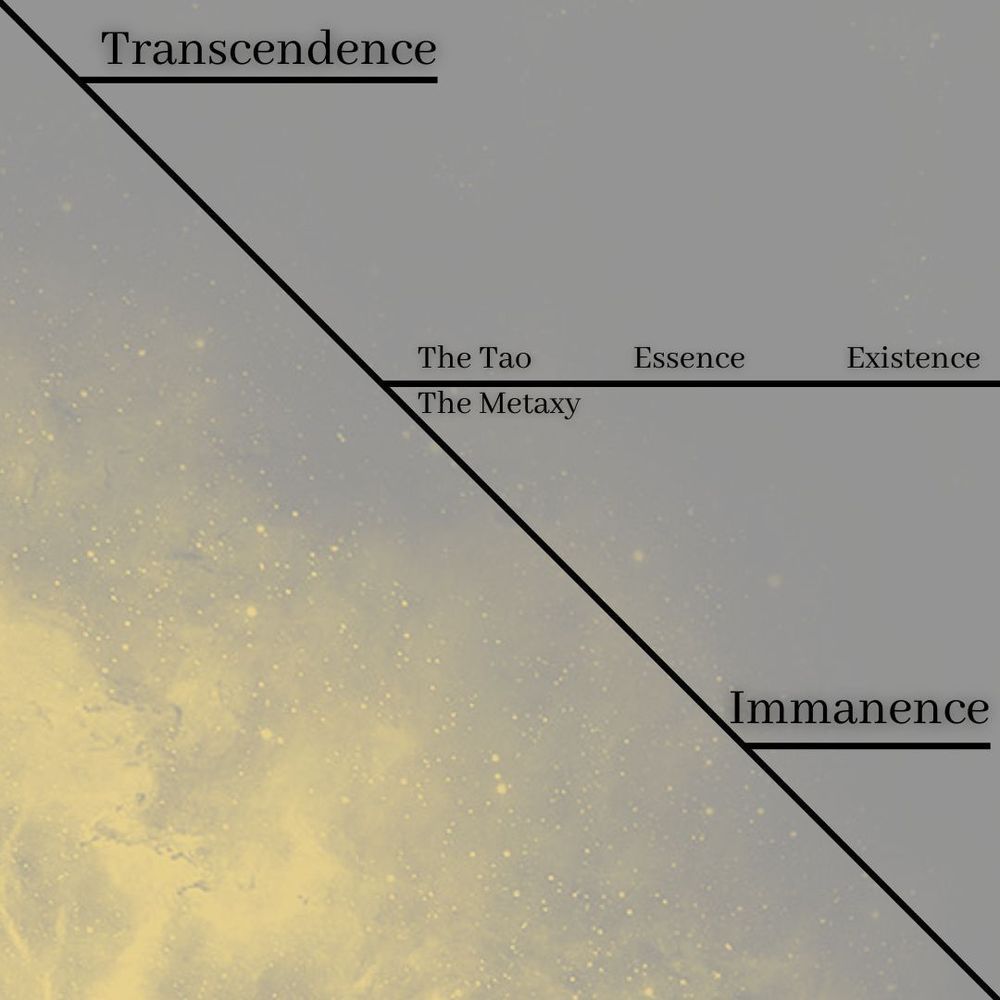
Possibly the best literary piece of 2014 so far: 50 best cult books: Albert Camus, Joseph Heller, JD Salinger and Thomas Pynchon are among the authors chosen by our critics for the 50 best cult books. Erudite and pithy. You feel like you're absorbing knowledge at 150 mph . . . and chuckling along the way. Warning: It's British, so there are minor language hurdles.
A few of my favorites:
Thus Spoke Zarathustra by Friedrich Wilhelm Nietzsche (1883-85)
Incendiary declamation through a megaphone. If only one knew what he was on about. Put six Nietzscheans in a room and it ought to be a bloodbath; except, since they're all nancies who fancy themselves as Supermen, there wouldn't be one. Nietzsche was brave and mad enough to kill God: but look what happened to him. His acolytes are, largely, less brave.
The Stranger by Albert Camus (1942)
"Mother died today. Or maybe yesterday, I don't know." The beach, the sun, the Arab, the gunshots, the chaplain: the stuff of millions of adolescents' fevered imaginings. If you don't love this when you're 17, there's something wrong with you. In the film Talladega Nights, Sacha Baron Cohen's snooty French racing driver reads it on the starting grid. Strange but true: George W Bush read it on holiday when he was President.
The Doors of Perception by Aldous Huxley (1954)
The book that launched a thousand trips. William Blake said that if we could cleanse the "doors of perception" we would perceive "the infinite". Huxley thought mescalin was the way to do so. In this essay, he pops a pill, goes on about "not-self" and "suchness", and decides love is the ultimate truth. He also took LSD when dying, but hardly stuffed it down the way his fans did. Jim Morrison was one: he named the Doors after Huxley's book, gobbled mouthfuls of acid and was dead by 27.
The Electric Kool-Aid Acid Test by Tom Wolfe (1968)
New journalism, non-fiction novel ”“ however you define it, Tom Wolfe's 1968 account of the novelist Ken Kesey's psychedelic bus ride across America with his "Merry Pranksters" established a style of free-associating, hyperbolic writing (count the exclamation marks!!!) that spawned countless imitations. To a generation of readers it fostered a burning envy that they had not been in San Francisco when the Kool-Aid dispensers were being spiked with "Purple Haze". Now a vivid social history of a period that seems as remote as Byzantium.









